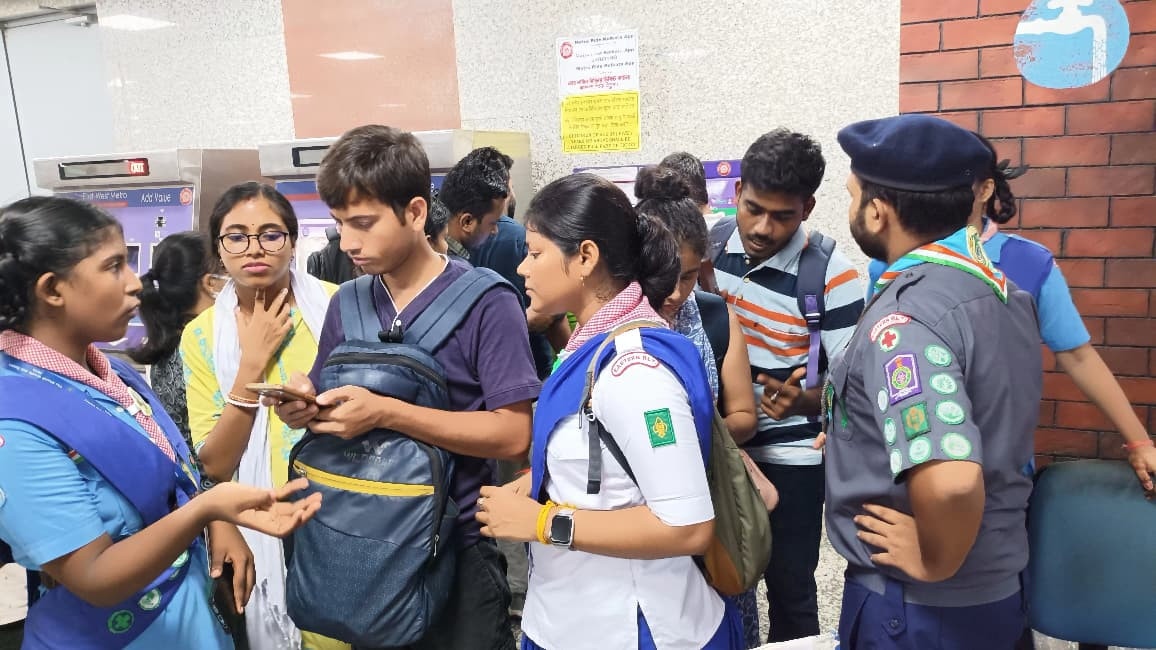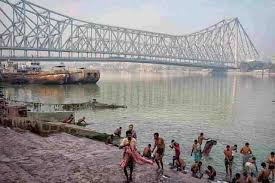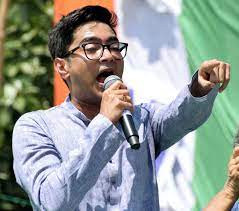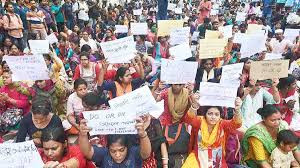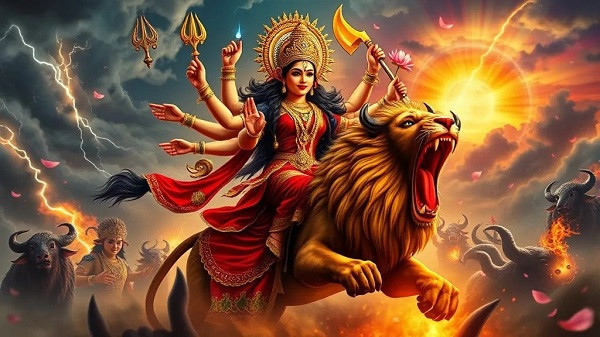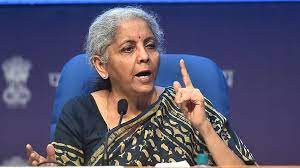CPI(M) Faces Leadership Transition in West Bengal Following Minakshi Mukherjee's Departure
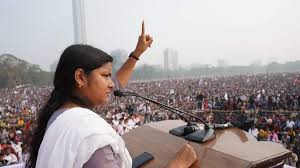
IIE DIGITAL DESK : The Communist Party of India (Marxist) in West Bengal is navigating a significant leadership transition after the departure of Minakshi Mukherjee, a prominent young leader who had emerged as a central figure in the party's efforts to rejuvenate its presence in the state. Mukherjee's exit has left a void in the party's leadership, prompting discussions about the future direction and leadership of the CPI(M) in West Bengal.
Minakshi Mukherjee, known for her dynamic leadership and grassroots connect, had been instrumental in leading the Democratic Youth Federation of India (DYFI), the youth wing of the CPI(M), in various campaigns and movements. Her leadership during the 'Insaaf Yatra' in 2023–24, which spanned over 3,000 kilometers across West Bengal, showcased her organizational skills and deep connection with the grassroots. The yatra culminated in a massive rally in Kolkata, positioning her as a potential future leader of the party. However, despite her popularity and the momentum she generated, Mukherjee chose to step back from active politics, citing personal reasons and a desire for introspection.(The Federal)
Her departure has left the CPI(M) in a challenging position, especially in West Bengal, where the party has been striving to regain its foothold after losing power in 2011. The vacuum created by Mukherjee's exit has prompted the party to look towards other emerging leaders to steer its campaign in the upcoming elections.
In response to this leadership gap, the CPI(M) has been focusing on nurturing young leaders who can resonate with the electorate. Candidates like Srijan Bhattacharya, Dipsita Dhar, and Saira Shah Halim have been actively campaigning, bringing fresh perspectives and energy to the party's initiatives. Their involvement signifies the party's commitment to a generational shift and its efforts to adapt to the changing political landscape.
The party's leadership transition is not just about filling a void but also about redefining its strategies to align with contemporary issues. The CPI(M) is focusing on addressing concerns such as unemployment, education, and healthcare, areas where the youth and rural populations have expressed growing dissatisfaction. By emphasizing these issues, the party aims to reconnect with its traditional base while also appealing to new voters.
Furthermore, the CPI(M) is working towards strengthening its organizational structure at the grassroots level. This includes enhancing communication channels, increasing party visibility in rural areas, and fostering a more inclusive environment within the party. These efforts are crucial in rebuilding trust and ensuring that the party remains relevant in the evolving political scenario of West Bengal.
In conclusion, while Minakshi Mukherjee's departure marks the end of an era for the CPI(M) in West Bengal, it also opens avenues for new leadership to emerge. The party's focus on youth engagement, issue-based campaigns, and organizational strengthening indicates its determination to reclaim its position in the state's political arena. As the political landscape continues to evolve, the CPI(M)'s ability to adapt and innovate will be pivotal in determining its future trajectory in West Bengal.
You might also like!





